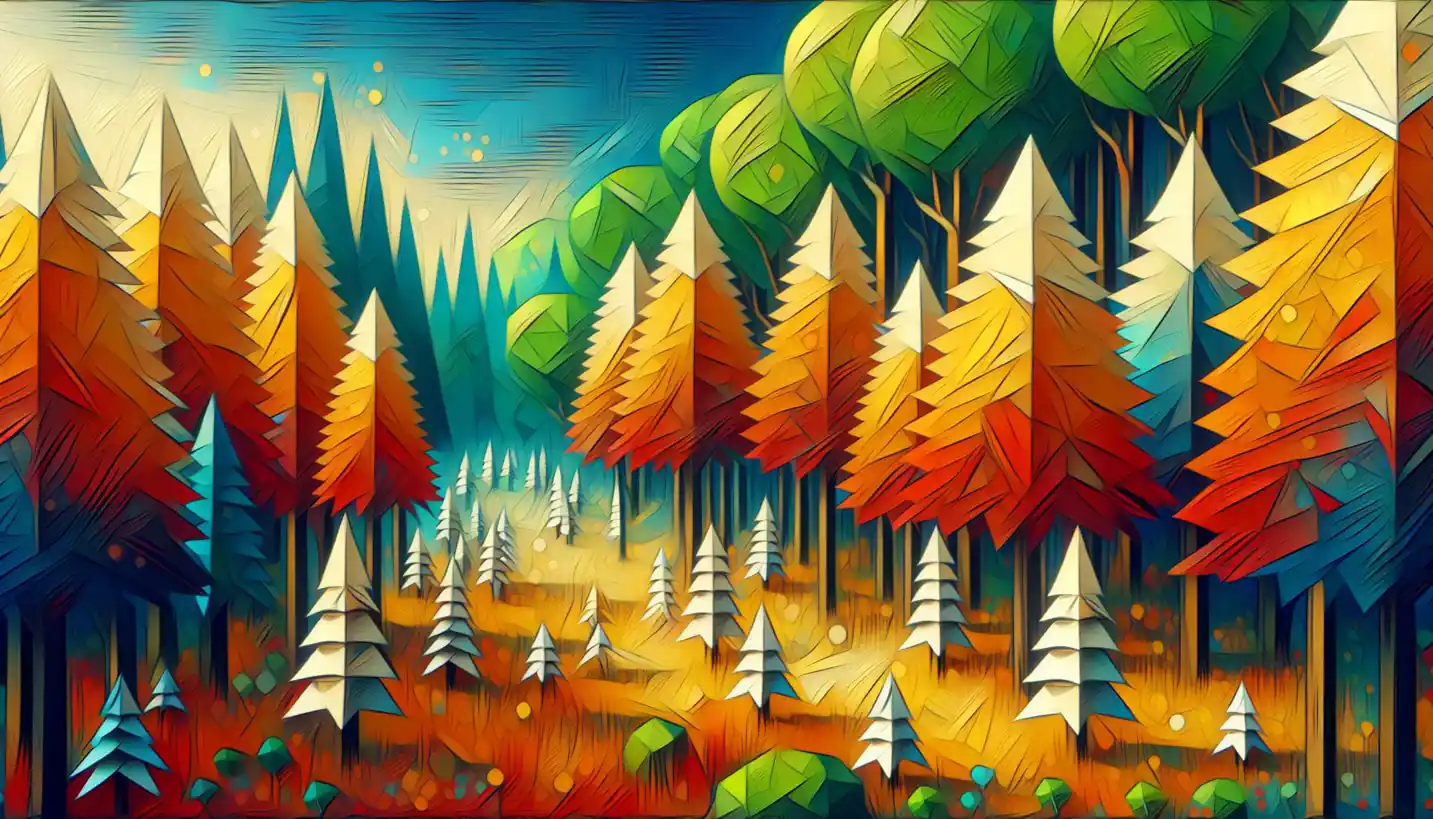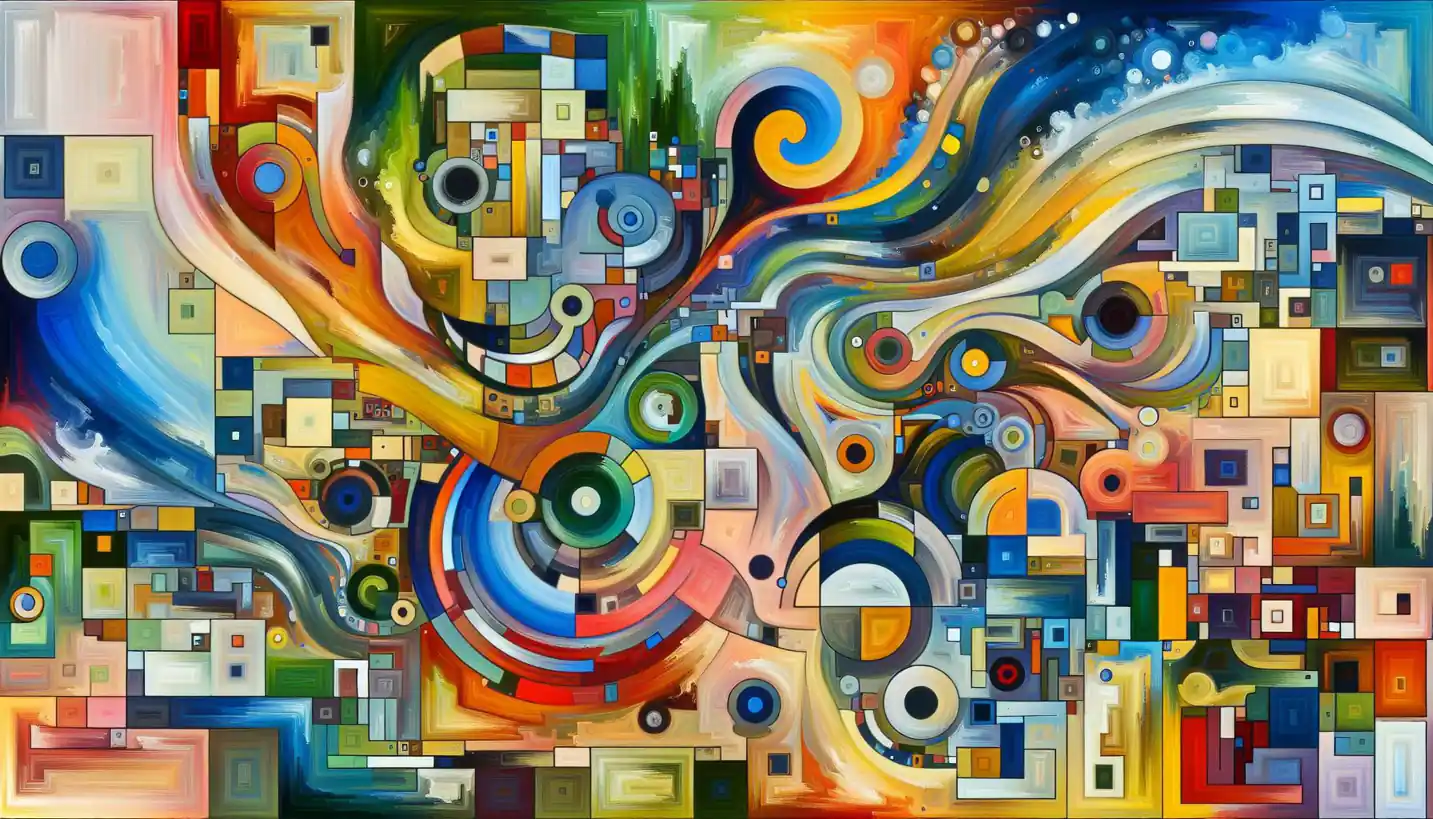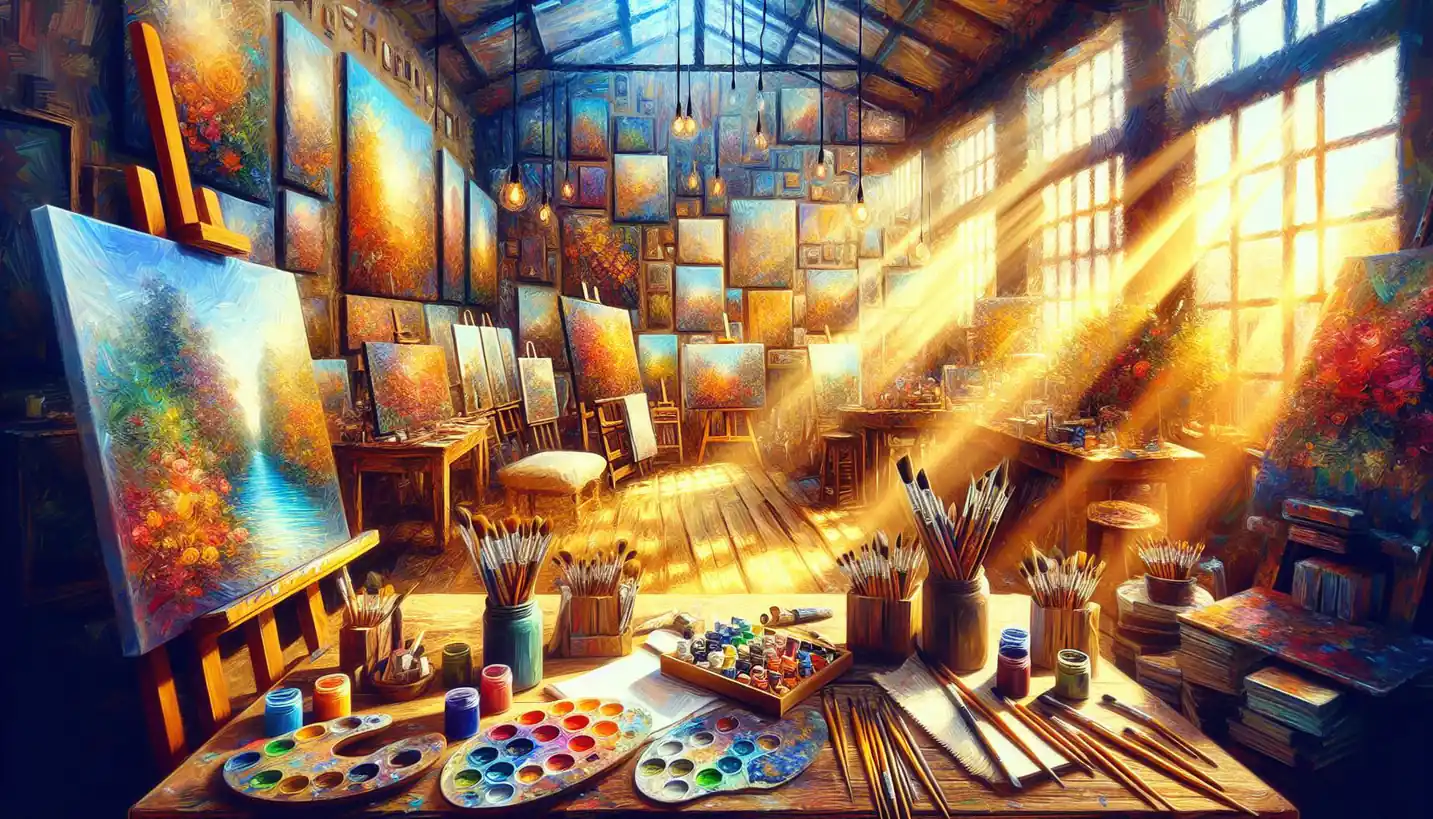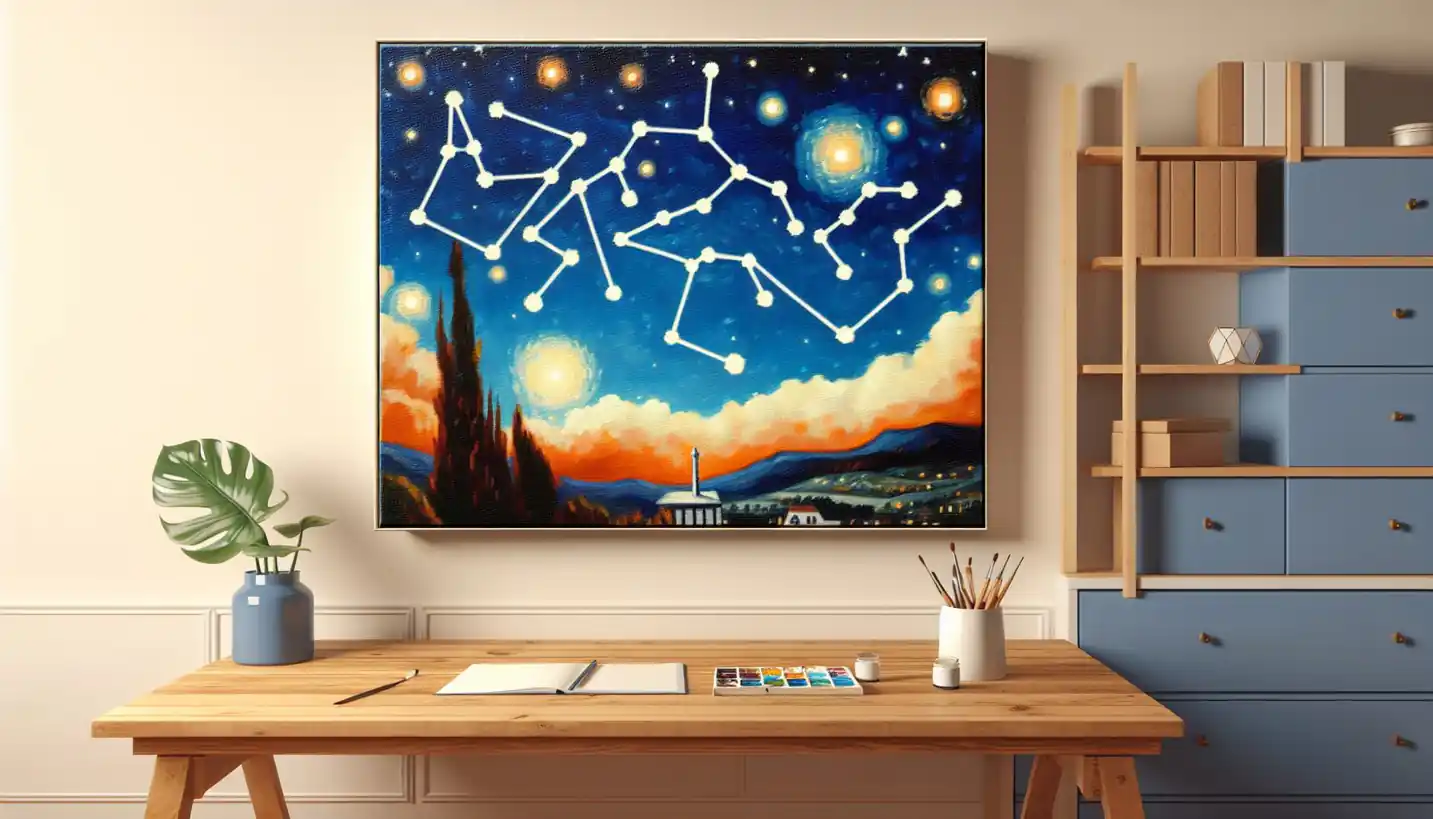· Art · 4 min read
Exposure Triangle: Secrets Behind Stunning Photography
Master the exposure triangle to unlock secrets behind stunning photography. Discover how ISO, aperture, and shutter speed can transform your art.

Photography enthusiasts often dive into the art eager to capture the world through their lenses. One of the fundamental concepts they encounter is the exposure triangle. This core principle might sound a bit technical at first, but understanding it can dramatically enhance your photography. Let’s break it down and see how light, motion, and detail come together to make up this triangle.
When you snap a picture, you’re capturing light. It’s sort of like catching raindrops in a bucket. You need just the right amount to fill it perfectly—too much, and it overflows; too little, and it’s barely wet. The three tools photographers use to control this “light bucket” are aperture, shutter speed, and ISO. Each one has its unique role and adjusting them affects your photo differently.
Aperture: The Gateway for Light
Aperture refers to the opening in a camera lens through which light enters. Imagine it like the pupil of an eye. When it’s wide open, more light gets through; when it’s smaller, less light enters.
A wider aperture (a smaller f-number) brings in more light and makes the subject pop against a blurry background, perfect for portraits. This is called a shallow depth of field. On the other hand, a smaller aperture (a larger f-number) gives you a deeper field, which is great for landscapes where you want everything in focus, like trees, mountains, and the sky.
Shutter Speed: Capturing Motion
Think of shutter speed as the blink of an eye. It’s the duration the camera’s shutter is open to let in light. This setting can freeze a moment in time or blur it.
A fast shutter speed, such as 1/1000 of a second, can capture fast actions—like a baseball in mid-air—without blur. A slow shutter speed, like 1/30 of a second or longer, allows more light and can create dreamy images of flowing waterfalls or the streaking lights of cars moving through a city at night.
ISO: Sensitivity to Light
ISO is all about the camera’s sensitivity to light. In simple terms, it’s like adjusting the brightness of your TV. A low ISO value means your camera sensor is less sensitive and prefers brighter conditions, giving a clean and sharp image. This is ideal when shooting outside on a sunny day.
Conversely, a high ISO value boosts sensitivity, letting you shoot in low light conditions without needing a flash. However, this can introduce grain or “noise” into your photograph. It’s a balance between getting enough light and maintaining quality.
Balancing the Triangle
The magic of the exposure triangle lies in balancing these three settings. Changing one requires adjustments to the others to maintain the right exposure. For instance, if you’re shooting in a dimly lit room and decide to lower the shutter speed to let more light in, you might need to widen the aperture or increase the ISO to avoid a blurry photo caused by hand movement.
Embrace Autonomy or Assistance
Many modern cameras have automatic modes that choose these settings for you based on the scene. If you’re just starting out, these can be useful to avoid feeling overwhelmed. However, switching to manual mode gives you artistic control, allowing you to experiment and find your style.
Real-Life Scenarios
Consider you’re at a friend’s wedding, trying to capture a dance where the lighting constantly changes. In this case, pushing the ISO higher might allow you to maintain a faster shutter speed while keeping the aperture wide open to focus on the happy couple.
Or think about vacation shots on a sunny beach. You might use a small aperture and low ISO to capture the vibrant colors of the sky and ocean without overexposing your images.
Explore and Experiment
Photography is as much a science as it is an art. The exposure triangle is your toolkit for creative expression. Don’t be afraid to play around with settings—trial and error is a big part of learning. Over time, you’ll intuitively know how to adjust each component to get the picture you envision.
While you explore, curious questions might pop into your mind. What if you want a nighttime cityscape with sharp and clear buildings? How do photographers get clear shots in dimly lit concert halls without using a flash? The answers lie in mastering numbers on your camera dial, making the exposure triangle your best friend.
Through your journey in photography, this triangle not only guides you technically but can also open up imaginative possibilities. So next time you’re out with your camera, remember how aperture, shutter speed, and ISO dance together and seize the magic of light.


